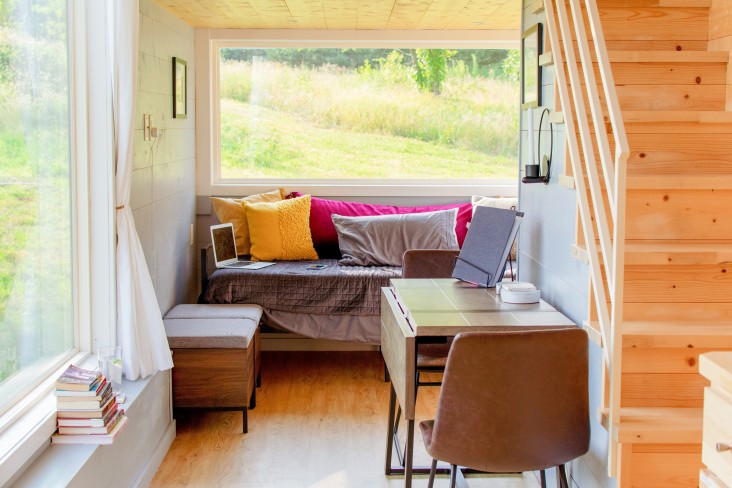Tiny homes. Tiny homes. Tiny homes. There has been a lot of talk about them lately. They’ve become a very popular option in recent years but purchasing a tiny house is not without its quirks.
A tiny home that is constructed off-site is different to building a house on your own land. It’s not a fixture on the land so the transfer of ownership happens differently. If you’re thinking of going down that route, there are some things you should do to protect yourself.
- Check the company out thoroughly and do your due diligence:
- Has there been any history of insolvency?
- Check the Personal Property Securities Register (PPSR) to see what security interest has been registered over the builder’s assets and confirm that no security could extend to the house that is being constructed.
- Has there been any history of insolvency?
- Are payments you are being asked to make secure, or are you paying in advance for an item you don’t own? Ideally make sure the contract establishes your claim to ownership of the house while it is being constructed off-site, or gives you security over what is being built.
- Check your funding requirements to make sure you can access the money you need when you need to.
- Check to see if the build is covered by a solid warranty to protect you from any loss of deposit/instalments paid, or any defects in construction.
- Make sure you have the right consent to allow the tiny home to be installed on the property you want. That might mean you need to obtain consent under land covenants, resource consent and deal with building consent quirks also.
Tiny homes can be great but don’t think just because they’re small you can cut corners on the due diligence process.
